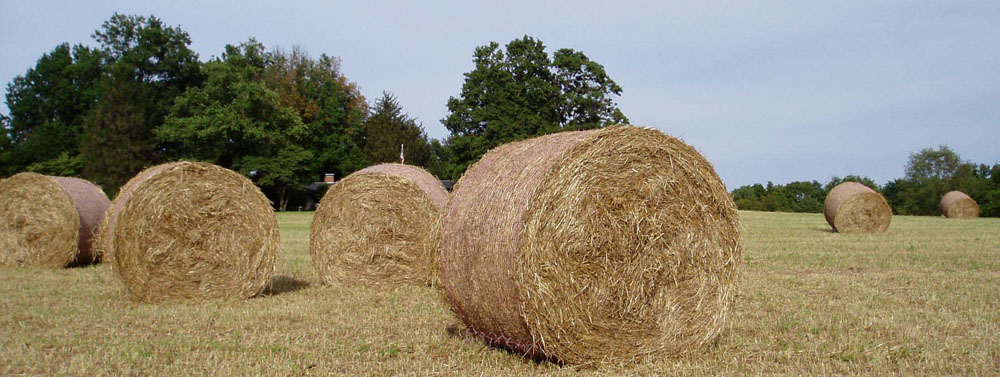The Seminal Role of Commodities in Food Value
Paying $3 for a drive-thru coffee is a rational choice when the alternative is no coffee at all. It is also reasonable to pay $4 for a box of corn cereal. If one, 12-ounce box of cereal provides 8 bowls per box, that is $0.50 for breakfast.
Number 2, yellow corn (grain) that may sell for the same $4 (per bushel) is a much better value. But pouring milk on a bowl of corn grain for breakfast, has no appeal. It is more rational to pay a processor, distributor, and retailer, to turn it into to corn cereal than to eat the ingredients into cereal – corn grain – instead.
A $4 box of cereal that weighs 12 ounces is really $5.33 per pound because there are 16 ounces in a pound. A bushel of corn that weighs 56 pounds and sells for $4, works out to $0.07 per pound for shelled corn. This means that corn cereal has a value that is 75 times more than the ingredient, corn ($5.33/$0.07=74.7). Even so, processed cereal is more appealing for breakfast than a bowl of grain.
Does this mean that the corn farmers are being cheated? No.
It simply means that it takes the extra processing, distribution, and retail levels to move the very affordable, $0.07 per pound corn into the $5.33 per pound corn cereal. In a similar way, it does not work to but crude oil into our vehicles for fuel. Gasoline is refined from crude oil. We must purchase more expensive gasoline to allow the fuel to propel our vehicles to our destinations.
Traditional farm-grown commodities, like bushels of wheat, corn, and soybeans, are the basic ingredients into food. As stated previously, food is retail human nutrients. There are often more steps in the food supply chain. Sometimes there are fewer. Innovative producers are finding ways to enter retail markets from their farms. Sometimes, retailers are also finding ways to get into commodity production and processing.
Food (retail) = f(distribution (processing (commodities (inputs))))
These steps in the supply chain are nested in value in the final retail price of food.
For farm operators, farm prices are never high enough to cover the costs of growing the crops. Currently, corn is below $4 per bushel and will cause even more difficult financial challenges for farmers this year. The standard for the relative nature of farm value in the food production system is the USDA, Economic Research Service (ERS), Food Dollar Series. ERS reports that in 2022, the farm share of the U.S. food dollar was 7.9 percent, or $0.079 of the average dollar spent on food. The three largest shares, totaling 60 percent, or $0.60, went to:
- Food Processors who received $0.144 of each dollar
- Retail Industry (groceries) received $0.124 of each dollar
- Food Services (including restaurants – which are also retail) got $34.1
These are all only averages. There are more markets that total up to $1.00 food dollar spent. It is a thought-provoking series that communicates level of contribution to monetary value well.
With a tremendous amount of attention on food inflation, in the United States, food for most of its citizens is very affordable. ERS reported that in 2023, 11.2 percent of average of disposable income in the U.S. was spent on food. At that time about half of that was spent of food-at-home and the other half was spend on the more expensive, service-related, food-away-from-home.
Even though commodities have a much lower value than food, this is the nature of the food system in the United States. Every level of the supply chain plays a role and adds value to the commodities until it becomes our affordable food.



Comments
The Seminal Role of Commodities in Food Value — No Comments
HTML tags allowed in your comment: <a href="" title=""> <abbr title=""> <acronym title=""> <b> <blockquote cite=""> <cite> <code> <del datetime=""> <em> <i> <q cite=""> <s> <strike> <strong>